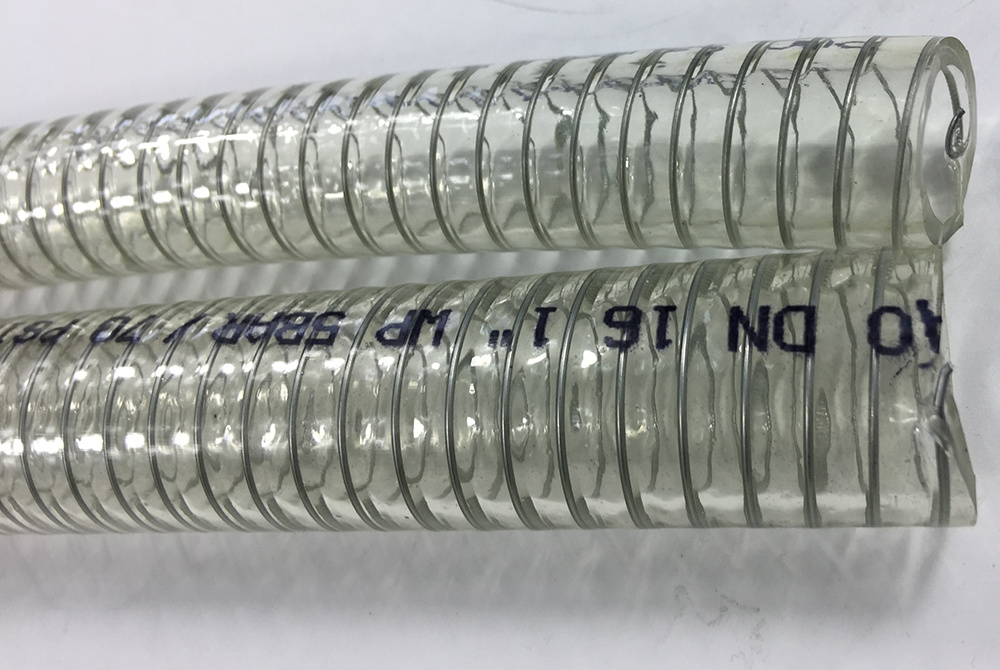1. Observe whether the lumen is regular and the wall thickness is uniform. The inner cavity and outer edge of high-quality steel wire pipes are evenly distributed in the standard circular pipe wall. Take a large steel wire pipe with an inner diameter of 89mm and a wall thickness of 7mm as an example. The wall thickness of poor quality pipes can reach 7.5mm, and the thin part is only 5.5mm. Therefore, when working under high pressure, it is easy to burst or deform due to uneven stress on the pipe wall.
2. Observe if there are bubbles or other visible objects on the wall of the steel wire pipe. The wall of high-quality steel wire pipe is crystal clear and free of impurity. However, the color of defective steel pipe may turn yellow due to aging or long-term improper storage.

3. High-quality steel wire pipes have no smell of any other petrochemical products except for a bit of plastic smell. But low-grade steel pipes, on the other hand, have a diesel smell, especially in summer.
4. The high-quality steel wire pipe has smooth inner and outer walls and good hand feel. While inferior pipes are rough.
5. When measuring the wall thickness, cut off both ends of the large steel wire tube. And select the middle pipe as a sample for testing. This is to prevent some illegal manufacturers from manipulating both ends of the pipeline. The actual wall thickness is thinner than at both ends of the pipe.

6. Cut a few centimeters of steel wire from both ends of the PVC pipe and fold it repeatedly to test the strength and toughness of the steel wire. Poorer quality wire will break after folding it once or twice. The steel wires of high-quality PVC steel wire pipes can only be cut with special tools. The quality of the steel wire determines the quality of the entire pipeline. PVC steel pipes that cause quality problems due to steel wires are prone to irreversible deformation.